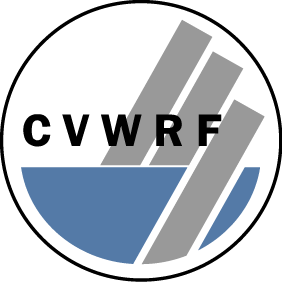Resources
WEAU
Formed in 1957, The Water Environment Association of Utah (WEAU) is a not-for-profit technical and educational organization with approximately 500 members. WEAU and its members diligently work to preserve and enhance the water environment.
WEF
Formed in 1928, the Water Environment Federation (WEF) is a not-for-profit technical and educational organization with 32,000 individual members and 80 affiliated Member Associations representing an additional 50,000 water quality professionals throughout the world. WEF and its member associations proudly work to achieve our mission of preserving and enhancing the global water environment.
WFWQC
In 2008 Wasatch Front Clean Water Utilities established the Wasatch Front Water Quality Council (WFWQC) which funds research to aid in the understanding of the Utah Lake, Jordan River, and Great Salt Lake Ecosystem.
RWAU
The Rural Water Association of Utah (RWAU) was created in 1980 as a non-profit trade association of rural water and wastewater systems. Since the beginning days of the Association, RWAU has grown to become a nationally recognized Rural Water Association and the preferred provider of training and on-site assistance for small systems in Utah.
AWWA
The American Water Works Association was founded in 1881, AWWA is the largest organization of water supply professionals in the world. Its more than 60,000 members represent the full spectrum of the water community: treatment plant operators and managers, scientists, environmentalists, manufacturers, academicians, regulators, and others who hold genuine interest in water supply and public health. Membership includes more than 4,700 utilities that supply water to roughly 180 million people in North America.
EPA
The mission of the Environmental Protection Agency (EPA) is to protect human health and the environment. Since 1970, EPA has been working for a cleaner, healthier environment for the American people. View the Agency's complete strategic plan and annual report. EPA employs 18,000 people across the country, including our headquarters offices in Washington, DC, 10 regional offices, and more than a dozen labs. Our staff is highly educated and technically trained; more than half are engineers, scientists, and policy analysts. In addition, a large number of employees are legal, public affairs, financial, information management and computer specialists. EPA is led by the Administrator, who is appointed by the President of the United States.
Utah DEQ
The Utah Department of Environmental Quality (Utah DEQ) focuses on protecting, maintaining and enhancing the quality of Utah's surface and underground waters for appropriate beneficial uses; and to protect the public health through eliminating and preventing water related health hazards which can occur as a result of improper disposal of human, animal or industrial wastes while giving reasonable consideration to the economic impact.
Sewer History
Over the past fifteen years, Jon Schladweiler, the Historian of the Arizona Water & Pollution Control Association, has researched and collected materials related to the history of sewage conveyance systems. Many of these have been displayed in a traveling exhibit entitled "The Collection Systems Historical Photo and Artifacts Display." The overall collection of sewer history materials covers the era from approximately 3500 BCE through the 1930s CE.
The purpose of the sewer history website is to house this dynamic collection of materials about the evolutionary development of sewers over the past 5500 years, and to provide a location for the sharing and distribution of information to others. The donation of additional photos, sketches, articles, books, or other sources of historical information on the history of sewers is welcome.
This website is an educational, non-profit endeavor. Its intent is to offer some insight into the history of sewers and the role its operators, engineers, and builders may have played in making our environment, homes and communities better and healthier places to live.
